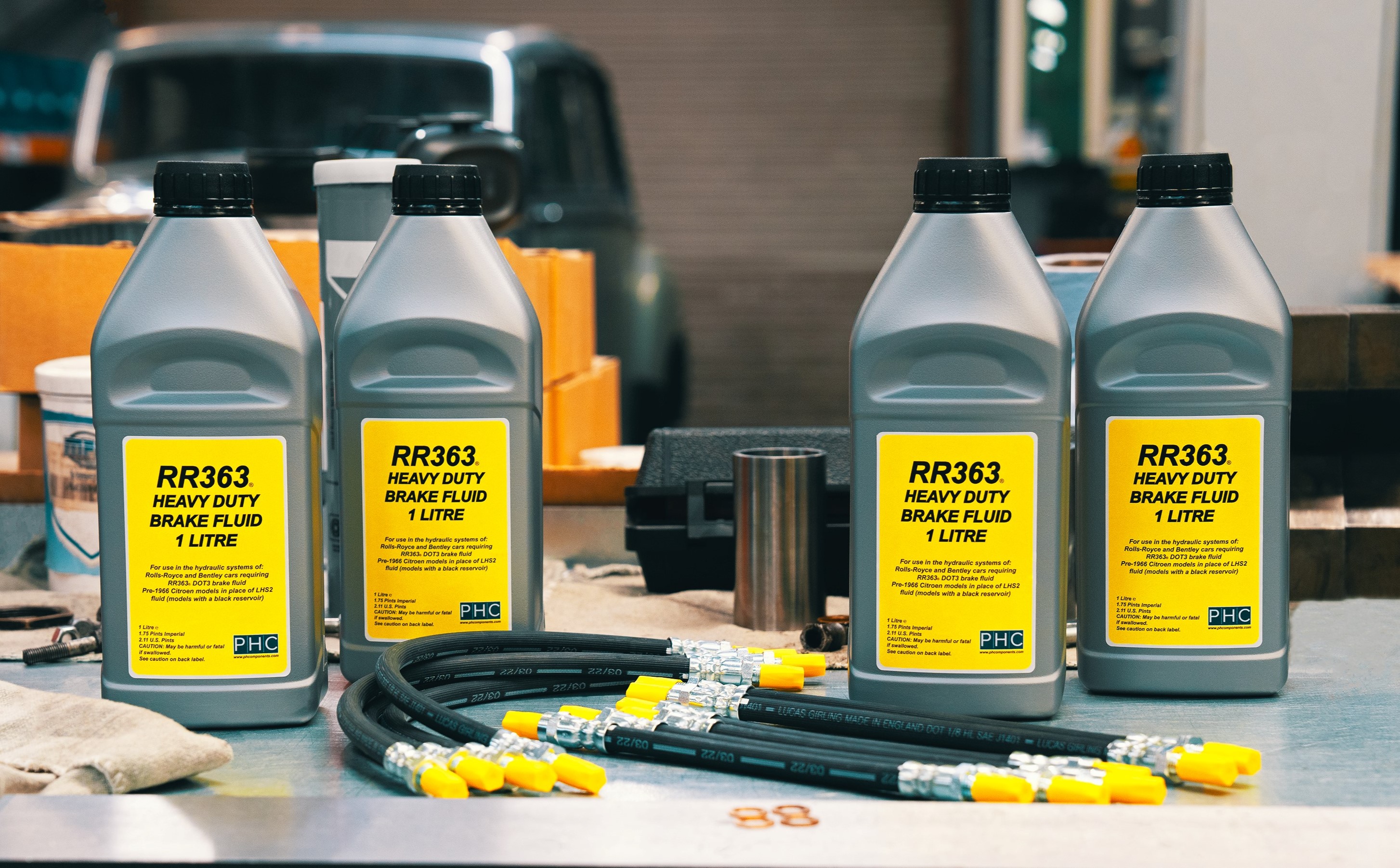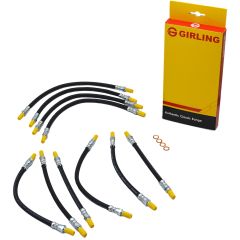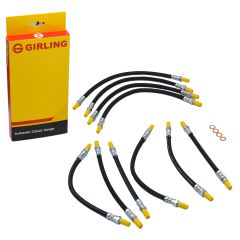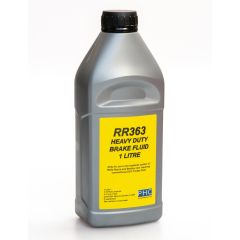
When was the last time you checked your hydraulic hoses?
Rubber hydraulic hoses are built to be robust and withstand pressure but they're not infallible. It is important to note that rubber hoses can deteriorate over time as they are exposed to heat, moisture, and chemicals. This deterioration can lead to cracking or splitting of the hose material, which can compromise the integrity of the entire braking system. Hydraulic brake hoses should be replaced every 12 years / 96000 miles as part of the major hydraulic service.
In our experience, the most common hose failure will cause the brakes to "lock on". The compromised rubber hoses tend to swell internally causing them to partially block. When the brake pedal is pressed the high-pressure system forces the fluid through the hose and the brakes operate as expected. However, as the pressure on the pedal is released the fluid cannot return under lower pressure through the partially blocked hose causing the calipers to stick on.
We have seen this 1st hand on a Rolls-Royce Silver Shadow. The rear calipers didn’t release from the brake disc, the owner was oblivious to the issue and continued to drive the vehicle to the point where the heat generated by the friction between the engaged brake caliper and disc caused the backend of the vehicle to catch fire.
Rolls-Royce Silver Shadows, Spirits, and their Bentley counterparts have a total of 10 hoses. Eight caliper hoses (2 per caliper) and two “rat trap” hoses which are situated below the brake pedal. Due to their location, It's not uncommon for the rat trap hoses to be missed when replacing the brake hoses.
Flying Spares has put together a bundle offer for Rolls-Royce Silver Shadows and the Bentley T series that saves you 20% off our online price when you buy a Girling branded hose kit and 4 bottles of RR363, which is enough for a complete system change. The offer applies to both LHD and RHD kits. Just select the product and quantity from the list below, add to the basket and the discount will be automatically applied.
The offer runs until the 30th of April 2024



